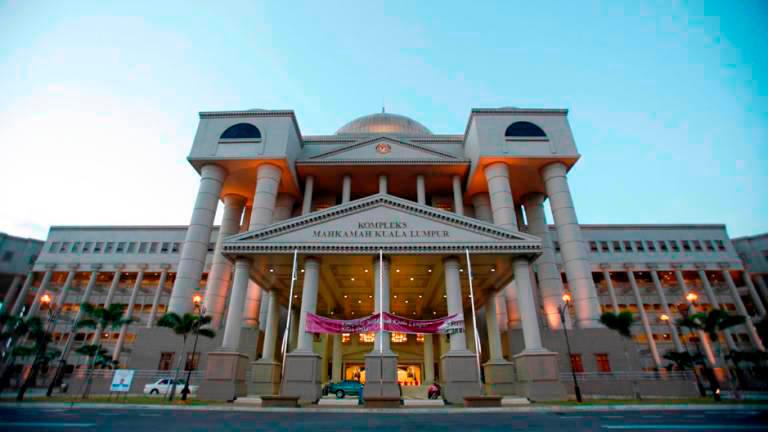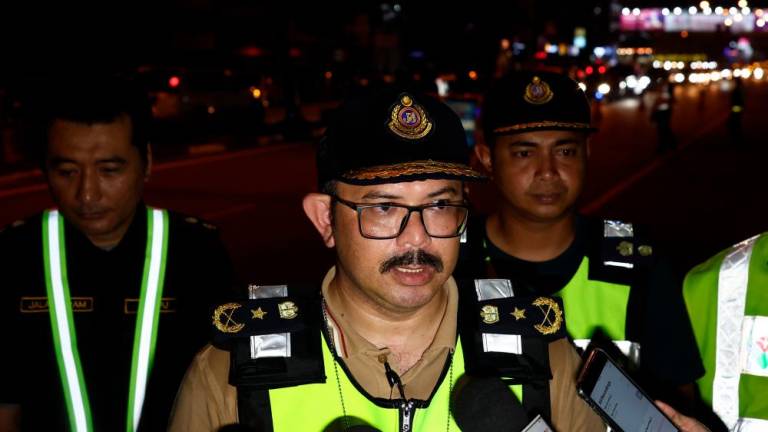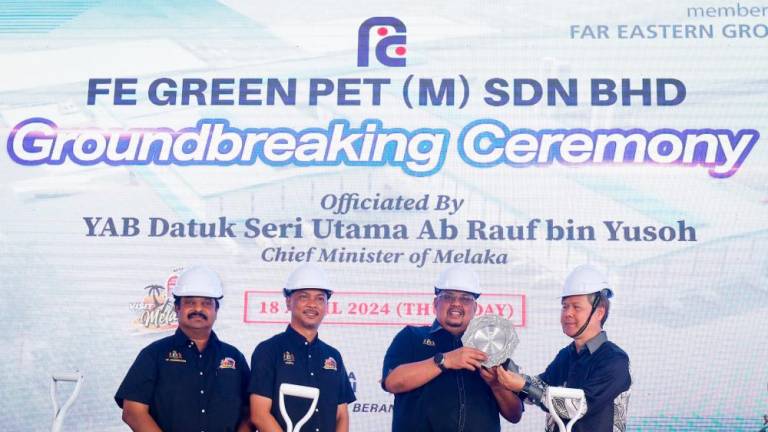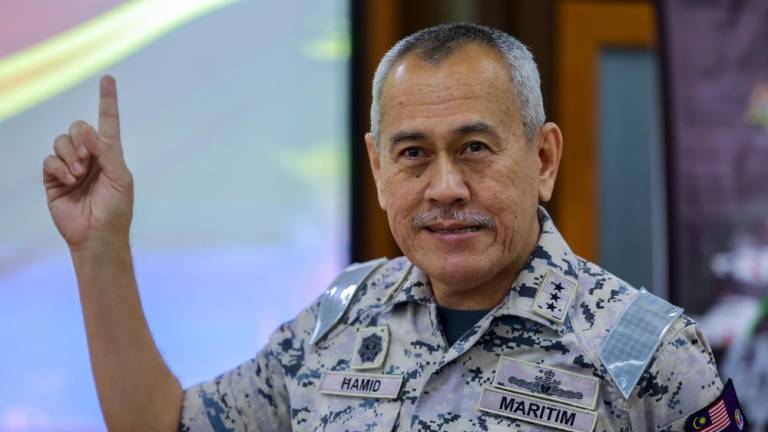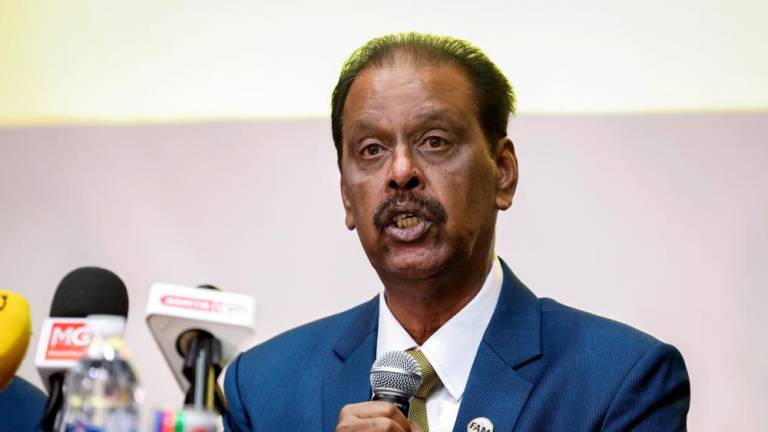WITH increasing assimilation of digitalisation into our way of life as catalyst and driver of progress, it is only inevitable that it extends to sustainable development.
While digitalisation is defined as the use of digital technologies to improve systems and processes, sustainable development could be defined as “development that meets the needs of the present without compromising the ability of future generations to meet their own needs”.
Digitalisation can be an innovative and transformative way to ensure that sustainable development stays sustainable.
And digitalisation goes further than the application of software. A good example of a software in the context of sustainable development is the Sustainable Asset Valuation (SAVi) developed by the International Institute for Sustainable Development to help both the public and private sector to mobilise and steer capital towards sustainable infrastructure.
SAVi is a simulation software that combines the output of systems dynamics simulation with project financing modelling. But it is only applicable to the process of decision-making and has no decision-making ability on its own as such, unlike artificial intelligence (AI) which in many ways has driven digitalisation and, by extension, boosted sustainable development.
In addition to AI, the role of digitalisation in transforming and sustaining sustainable development can also be seen in the Internet of Things (IoT) and blockchain.
Let’s talk a bit about AI first. It is the cognitive system of the “brain” behind the physical system which is emerging to become more and more indispensable for how sustainable development is appreciated and assessed.
AI not only enables and allows for less reliance and dependency by digital and ICT systems on human oversight and management, but is also a far more accurate, precise, detailed and faster analysis on its own.
As such, unlike a software, AI is more than just a tool and goes further by taking over the role of human decision-making with its own.
AI is pivotal and critical for risk assessment and horizon scanning activities to predict and forecast breakdowns, and interpret data to anticipate occurrences of disasters and so on.
This can be seen in the specific area of disaster management. AI (machine and deep learning) embedded in remote sensing provides for the digital technology to monitor and scan for as well as determine likely outcomes of the impact of climate change on sea levels and coastlines.
AI will also improve the monitoring and detection processes and allow for collecting of real-time data so as to serve as early warning system. And finally, AI triggers and recommends just-in-time corrective action to prevent disaster from developing in relation to chemical leakages.
Secondly, on the use and applicability of IoT which simply refers to the inter-connectivity among gadgets or devices, network, signals and data. Examples of IoT would be like smart appliances such as androids, remote controls (RCs) and dashboards, some of which we would be familiar with and have become accustomed to in our daily lives.
Organisations such as the World Economic Forum (WEF) have been at the forefront in promoting IoT for sustainable development. Prominent use of IoT for sustainable development revolves around green technology and renewable energy such as in the form of solar panels, wind turbines, hydropower, geothermal and biomass.
According to the WEF also, in an analysis of more than 640 IoT deployments conducted in collaboration with IoT research firm, IoT Analytics, it was found that 84% of IoT deployments can address the UN’s 17 Sustainable Development Goals (SDGs), which include clean water and sanitation, affordable and clean energy, sustainable cities and communities, and climate action.
Energy Central has highlighted the usefulness of IoT for sustainable development such as the following:
» IoT sensors can enable real-time monitoring of power grids to pre-empt leakages and wastages; and
» IoT allows people to understand their energy consumption habits and adjust them accordingly to optimise usage.
Thirdly and lastly, when it comes to blockchain, this latest technological game changer has opened up and further broaden the horizons in sustainable development.
Blockchain or sometimes known as distributed ledger technology is about the real-time recording – with built-in digital security – of transactions chronologically and publicly. An emerging application of this technology in sustainable development can be seen in the form of “tokenisation”.
Tokenisation as in symbol or representation that derives its status from the underlying value, ie the assets refers to the digitalisation of a financial asset, where the token can be anything of acceptable value.
These tokens represent ownership of a part of the underlying sustainable infrastructure project. Thus, tokenisation can be regarded as a subset in financial technology also as deployed for sustainable development purposes.
Blockchain technology – via tokenisation – for sustainable development can spur more investments in sustainable infrastructure. In other words, it allows for wider public participation including stimulating peer-to-peer lending and co-investment.
As such, tokenisation allows for more accessibility for the financing of sustainable projects. It also allows for customisation in investment, particularly for smaller-scale projects which would correspond to and cater to personal preferences and interests.
Blockchain for sustainable development is empowering and promotes democratic participation which in turn plays a part in the overall digitalisation of society.
Perhaps a new National Digital Strategy as proposed recently by prominent economist Lee Heng Guie of the Socio-Economic Research Centre should be considered.
To conclude, digitalisation for sustainable development is an idea whose time has already come.
Jason Loh Seong Wei is head of Social, Law and Human Rights at EMIR Research. Comments: letters@thesundaily.com







